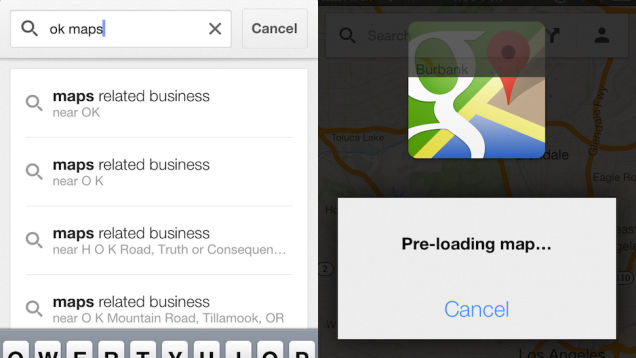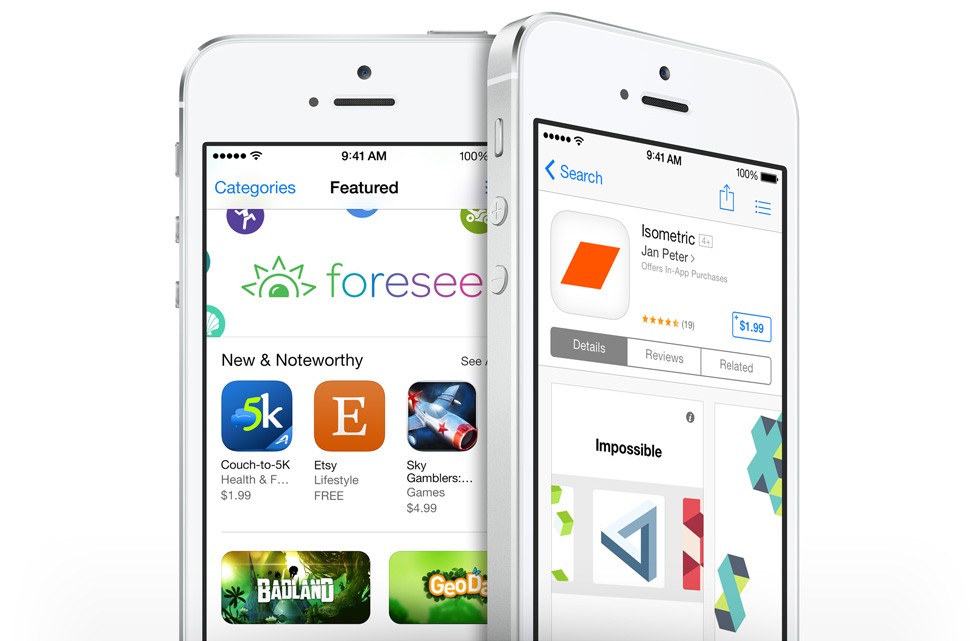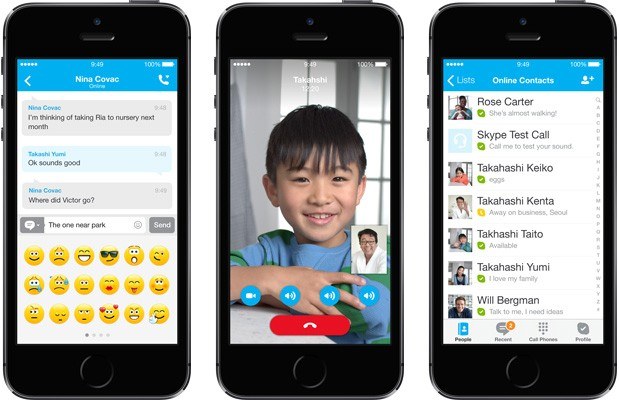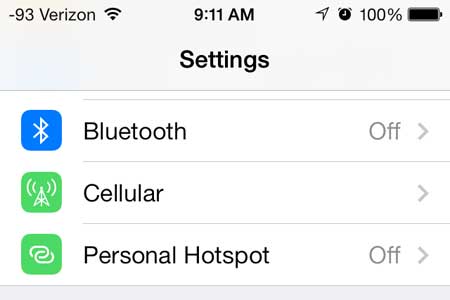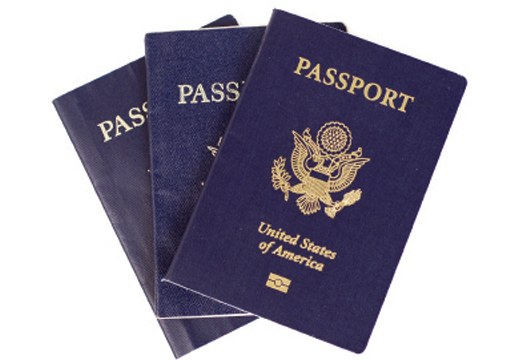When traveling, there are a lot of things that you find yourself paying for. From higher prices on things you need like food and lodging, to things as small as souvenirs and entertainment attractions. All of these costs add up, but you don’t want to have to occur more hidden fees when you return, including those to your phone bill. Roaming and other international charges can put a hamper on your budget and worth the seven tips we are going to cover today, you will learn how to enjoy your vacation, stay connected, and not have to spend a cent more than you normally do on your phone bill. Happy travels.
1. Contact Your Phone Company
If off, it doesn’t hurt to contact them and ask what options they do have for individuals going abroad for a certain amount of time. This is highly recommended, if not a requirement of me to you, because not only are different individual’s situations different in where they are going abroad, but your carrier may have different policies. You may even be able to pull some teeth in your specific case depending on where you’re going, your length of time as a customer, and even discounts through your occupation or student status.
International calling plans should be entered only after hefty research, many times you are still paying more, only at a smaller rate than if you never informed your provider. If you are going to be away for longer than a month or two, see if you can pause your plan. You’re better off picking up a local phone, than paying to keep up your same one while away for a long time.
2. Save Google Maps
There is a sneaky little feature in Google Maps that allows you to save maps for offline viewing. To do this, simply search the location that you will be headed to. After the results come up, select the location. From there, click the white box below and scroll all the way to the bottom. You will see an option to “Save Map for Offline Viewing”.
This map is available for thirty days in your profile tab of Google Maps. This is accessible by clicking the “person” at the far right of the search bar. Scroll all the way to the “Offline Maps” section. Clicking the “View all and manage” option allows you to see how long your map is available.
3. Load Your Phone Up
While in the air or even during your down days while on vacation, you may find that your phone is a great way to keep yourself occupied in a relaxing way. Before you depart, make use of the last bit of reliable Internet that you may have an load your phone up with games and other fun applications that can keep you busy. If you make use of iBooks, load up a book or two as well.
In addition to all of these programs you are loading up, consider clearing out your phone of unnecessary programs and photos. You’ll find yourself taking a lot while on your trip and so that added open space will come in handy. Lastly, make sure you backup and update your phone to the latest firmware before leaving. When I went out of the country last summer, a bug hit my phone and made it unusable for the duration of my trip. If I had my phone updated, security settings could have combatted the bug.
4. Look Into VoIP Options
You can stay connected with family and friends through VOIP, or Voice-Operated Internet Protocol, programs like Skype. They offer a free option if you contact other Skype users, and if you want to contact a landline while abroad, the cost is very minimal and cheaper than getting even an international phone. While it does depend on the strength of your Internet connection while away, this is a great option to have and chances are you’ll encounter an Internet cafe where you can find a good connection either for free or for a low cost.
5. Make Necessary Settings Changes
Before you depart, make a couple of changes to your settings. First off, go to the “Cellular” section and turn off Cellular data. This will prevent your phone from automatically connecting and incurring fees. Instead, ensure that WIFI is constantly on.
This doesn’t mean you should connect to many WIFI connection you encounter, the chances are higher that some connections can be dangerous to connect to, but keeping it open allows you to always remember to connect when you encounter a safe and reliable connection like those in Internet Cafes. Additionally, in settings, by going to the Mail, Contacts, and Calendar section, turn “Push” and “Fetch” settings off. By now working on a manual setting, you’re iPhone won’t constantly search for emails, useful when your WIFI connection is a bit slow to begin with.
Android users should go to Settings, then Data Usage to adjust settings for while they are abroad.
6. Locate Internet Cafes
Before departing, have a good list of internet cafes readily available. Especially if you aren’t saying at a internationally renowned hotel, this list will allow you to know where you can access the internet nearby. Additionally, even if you are staying at a top notch or American-owned hotel, chances are high that they are up-charging you on daily internet access. Lastly, having a well researched list will allow you to have a safe place to surf the web no matter which part of town you are in. Websites like Cybercafes.com can connect you to great internet cafes wherever you find yourself.
7. Keep an Off-line Version of Everything
Lastly, before you depart, make sure you have an offline version of important documents, including your itinerary, Passport, identification, hotel reservation and flight information. This is important not only for safety, but it reduces the reasons to have to go online when referring back to this information. Back home, you may have the luxury to go to an airline’s websites on a whim for information. In a foreign country, this may require a little more work on your part.
With the aforementioned tips, I hope you are able to enjoy your summer vacation and keep your wallet happy too. Let us know in the comments below where you’ll be headed to this summer. Don’t forget to check out my article on 23 Awesome Hacks Everyone Should Know.
Featured photo credit: Huffington Post via i.huffpost.com


